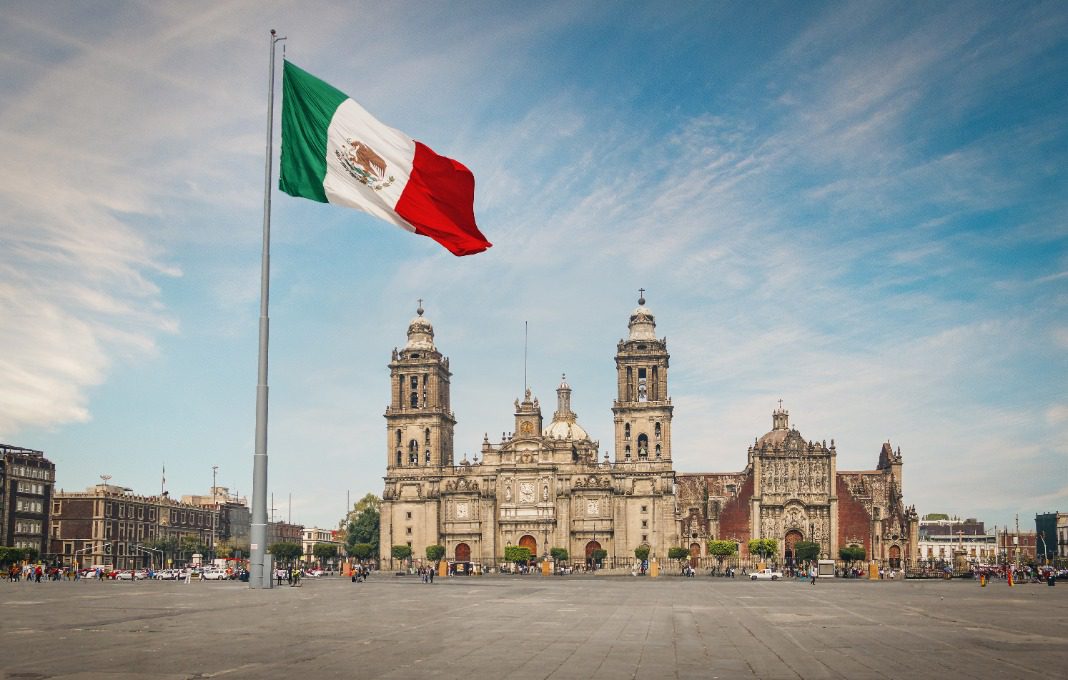
What To Expect When Expecting… To Invest In Mexico


For decades, Mexico’s position as an investment destination for manufacturing, technology centers and back-office operations has ebbed and flowed. After enjoying years of steady investment activity in the 1980s and ’90s through its Maquiladora program, which enables export-oriented manufacturers to achieve certain tax savings by setting up shop in Mexico, inbound Foreign Direct Investment (FDI) began to fluctuate. Lower wages in China and India, combined with Mexico’s (real and perceived) challenges with safety, served to dampen investment activity across the country. But market dynamics over just the last few years appear to be tilting the calculus for footprint decisions once again, with Mexico poised to benefit.
Since joining the World Trade Organization in 1996, China has enjoyed being the “world’s factory.” Low wages, aggressive investment policies and increasingly streamlined logistics to North America and Europe made shifting production to China a logical and fruitful endeavor for many companies. But with increasing wages, tightening investment policies and higher outbound shipping costs, China is no longer the de facto choice for U.S. companies seeking to move work to a lower-cost country.
According to the Reshoring Institute, Mexico is a low-cost leader in manufacturing labor, providing greater cost advantages than China. Mexico’s wage advantage is likely to persist for the foreseeable future, given its young population. Shipping costs to the U.S. are also lower from Mexico, thanks to its geographic proximity. Mexico’s position as a natural gas powerhouse plays in its favor too, with rates in China estimated to be 50–70 percent higher. China does offer an advantage in electricity costs, with an average cost per kWh of $0.076 compared with $0.106 in Mexico.
For its part, India is still a low-cost, English-speaking juggernaut that attracts technology and business center deployment. However, companies that elect to deploy to India at a smaller scale (under 1,000 employees) may be challenged to attract and retain talent against significantly larger competitors. For technology deployments, Mexico’s wages are competitive with India’s, and virtual meetings between colleagues in Mexico and North America are much more time-zone friendly.
First, Mexico isn’t the right choice for every type of project. Water rights for industrial purposes are not always possible in every location, and a project’s needs will often be weighed with the irrigation requirements of the agricultural sector. Employee wages compare favorably with those of the U.S. and Europe, but benefits can easily run 60-100 percent of the base wage in manufacturing and 50-60 percent for office-based roles.
Second, there is significant variability across Mexico in terms of cost, access to U.S. markets, talent availability, infrastructure and safety/security. For example, Mexico’s border states in the north have received significant amounts of FDI but tend to have higher wages and labor transience than other areas. The Bajio region north of Mexico City is another popular choice, where the automotive, household appliances and aerospace industries have found success. Water supply and quality are also highly regional dependent. States along the U.S.-Mexico border face greater water stress compared with southern states. Even English fluency varies by location. Cities often frequented by tourists, such as Mexico City and Monterrey, tend to have a higher number of English-speaking residents. Each state and community in Mexico will exhibit varying degrees of talent availability, safety/security metrics and other factors that CEOs must direct their teams to assess.
Third, companies should understand that economic development incentives are not at the same scale in Mexico as in other countries. Mexico’s tax system does not put a significant amount of revenue in the hands of state and local governments, so these entities have less statutory and discretionary incentives to work with when courting industry. While companies may be accustomed to large-scale tax credits and abatements offered by other countries, incentives in Mexico may be limited to payroll tax rebates, smaller-scale grants and training support, depending upon the project.
Fourth, security in Mexico is evolving. Despite an uptick in crime since 2015, the Institute for Economics and Peace reports that “peacefulness” is marginally improving in Mexico, largely attributed to a decrease in homicides. Hundreds of companies are successfully navigating Mexico’s security environment to get business done. Companies should collect and continuously monitor third-party data on safety and security in order to understand the risks and have mitigation plans in place should conditions change.
Mexico may be a logical candidate for manufacturers that need either high labor content, significant gas loads or shorter (or time-sensitive) shipping timeframes. For North American companies looking to nearshore smaller-scale IT or shared services operations to a time zone-compatible destination, Mexico may also make sense. With Mexico’s average production wage now lower than China’s, and its more youthful demographics enabling this advantage to persist, Mexico is poised to build on its success as a global FDI destination in the years to come.
0

1:00 - 5:00 pm
Over 70% of Executives Surveyed Agree: Many Strategic Planning Efforts Lack Systematic Approach Tips for Enhancing Your Strategic Planning Process
Executives expressed frustration with their current strategic planning process. Issues include:
Steve Rutan and Denise Harrison have put together an afternoon workshop that will provide the tools you need to address these concerns. They have worked with hundreds of executives to develop a systematic approach that will enable your team to make better decisions during strategic planning. Steve and Denise will walk you through exercises for prioritizing your lists and steps that will reset and reinvigorate your process. This will be a hands-on workshop that will enable you to think about your business as you use the tools that are being presented. If you are ready for a Strategic Planning tune-up, select this workshop in your registration form. The additional fee of $695 will be added to your total.

2:00 - 5:00 pm
Female leaders face the same issues all leaders do, but they often face additional challenges too. In this peer session, we will facilitate a discussion of best practices and how to overcome common barriers to help women leaders be more effective within and outside their organizations.
Limited space available.

10:30 - 5:00 pm
General’s Retreat at Hermitage Golf Course
Sponsored by UBS
General’s Retreat, built in 1986 with architect Gary Roger Baird, has been voted the “Best Golf Course in Nashville” and is a “must play” when visiting the Nashville, Tennessee area. With the beautiful setting along the Cumberland River, golfers of all capabilities will thoroughly enjoy the golf, scenery and hospitality.
The golf outing fee includes transportation to and from the hotel, greens/cart fees, use of practice facilities, and boxed lunch. The bus will leave the hotel at 10:30 am for a noon shotgun start and return to the hotel after the cocktail reception following the completion of the round.